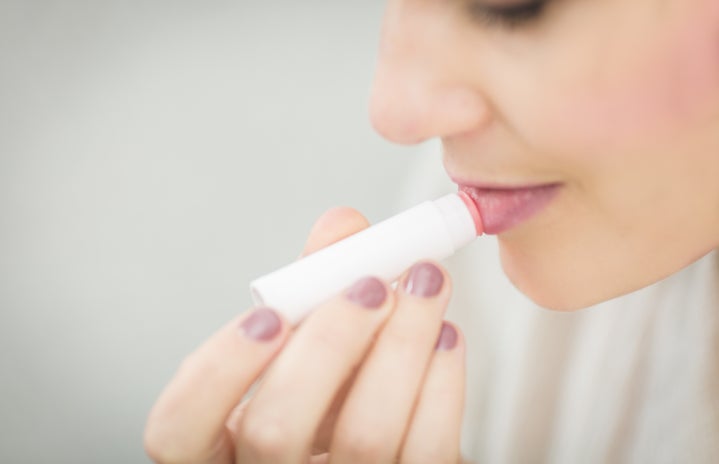This article is written by a student writer from the Her Campus at UCSD chapter.
At the ripe age of five, I remember watching movies or reading stories about princesses with long blonde hair, big blue eyes and perfect porcelain skin. I also remember asking my dadif this meant that I-with my black hair and plain brown eyes-would never be a princess. Luckily for him, Pocahontas had come out in theaters and he quickly responded that if Disney could make a film about a princess with black hair, then I too had a chance. But this memory always stuck around because in this sense, to be an exception to the rule, was no extraordinary thing, to be considered “outside the box” was nothing to be celebrated, but to be inside the realms of standardized beauty was the ultimate pursuit.
At a young age, boys and girls are influenced by this American beauty binary that implies that boys are to be statuesque, masculine and handsome, while girls are to be tanned, toned and proportionally curvy, and that any outlier simply doesn’t belong to the beauty narrative. However, when these idealized standards are not met, self-loathing and body-shaming can often become a reality. Tragically, solutions are often found in instances of self-harm that include, but are not limited to, eating disorders or steroid injections, that not only bring about physical stress, but psychological degradation. According to the New York City’s Girl Project, a 2010 study revealed that even though “81% of girls opposed the idea of unattainable beauty standards,” “60% compare themselves” to what they see with “31% confessing to starving themselves” to reach absurd standards. This study underlines the juxtaposition that many willingly attack certain standards, yet continue to pursue them. Essentially, a paradox is created, arguing that many will go to drastic measures to obtain a certain level of “perfection” while feeling comfortable enough to criticize those who seemingly reach those levels of “perfection.” And thus begins this vicious cycle of individuals who long to reach a certain standard, self-loathing when that standard is not reached and the condemnation of those who exemplify such standards. Retrospectively, in the story that we have written about beauty, there is no such happy ending.
Furthermore, before we jump to conclusions that target the individual as a victim to low self-esteem, we need to realize that the issue is systemic and socially perpetuated rather than individually manifested. For instance, the term “model” is typically known to be any individual that represents a brand or particular fashion item. So why is it that even within the pinnacle of our social beauty scene, there is a clear distinction between a “model” and a “plus sized model?” Instead of revering any body type as a model, society stratifies individuals to encompass two different categories that should instead coexist as one. Moreover, writer Melissa Stanger, of The Business Insider, points to the fact that those who are considered to be “socially beautiful” are likely to be “paid 3-4% more” than their counterparts, “hired faster” and are apt to “get promoted,” proving that conventional levels of beauty have permeated into nearly every social boundary. Consequently, society has drawn a very fine, but very noticeable line, between “the good” and “the not-so-good” in public appeal. And for those who are socially cast aside as the latter, chances for anxiety, self-deprivation and psychological stress are likely to increase.
We can often become trapped in this endless cycle that forces us to breach a seemingly unattainable standard of beauty while punishing those who depict these “goals.” This is not to say that those who may be socially accepted as beautiful are the enemy, rather the standards that we have held for too long can often force us to forget that beauty is universal, internal and extends far beyond the narrow paradigm that has been established. There will always be something else we attack, something else we want to change and something else that we pursue. They often say that “beauty is in the eye of the beholder,” but we have to be careful in who we define the beholder to be. If everyone is in essence, “a beholder,” then it’s crucial for us to realize that there is beauty in everyone and everything. Beauty is not a thing to be objectified, commercialized or limited; instead, it is a force that is as diverse as it is captivating, and should never be restrained in a box that we can often forget to open.

